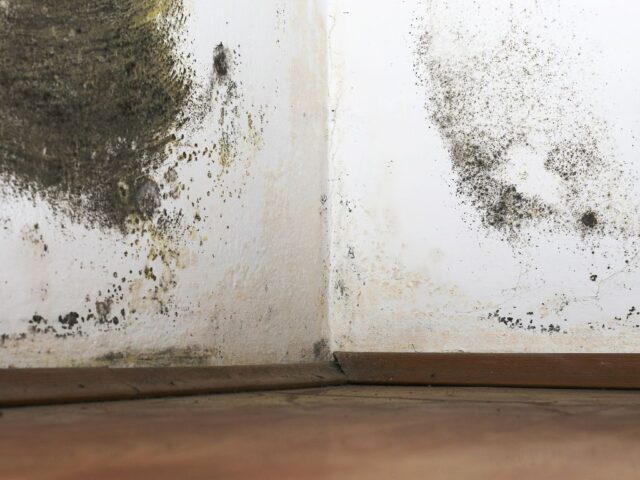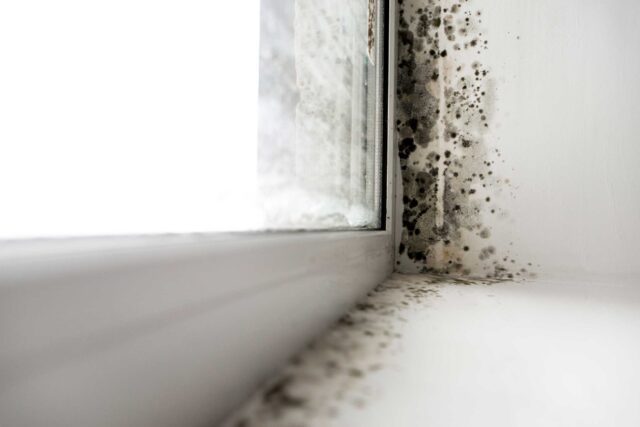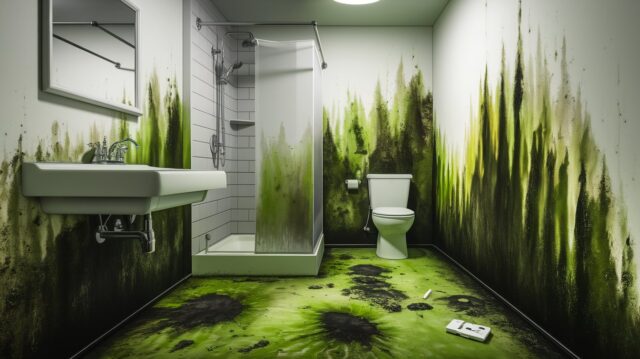
Is Your Home at Risk? How to Spot Black Mold EarlyIn the hidden corners of our homes, where light rarely penetrates and moisture lingers, a silent threat may be lurking: black mold. This insidious fungus can wreak havoc on both your property and your health, often developing unnoticed until it’s too late.
Do you know how to recognize the early signs of a mold infestation? From dark, unsightly patches that might develop behind your walls to an unmistakable musty odor that clings stubbornly to your belongings, understanding the subtle indicators is crucial. In this article, we will explore the often-overlooked areas of your home that may provide a welcoming haven for mold, empowering you with the knowledge to detect and address this hazard before it spirals out of control.
Stay vigilant, because spotting black mold early could mean the difference between a simple cleanup and a costly remediation. Your home deserves to be a safe haven—lets ensure it remains just that.
What is Black Mold and Why is it Dangerous?

Black mold, scientifically known as Stachybotrys chartarum, is a stubborn fungus that often lurks in damp, dark corners of homes, thriving in conditions where moisture reigns. Its unsightly black-green appearance might be easy to dismiss as just another stain, yet underestimating it can have dire consequences.
This mold releases mycotoxins, which can lead to a myriad of health issues, ranging from respiratory problems and allergic reactions to more severe neurological effects in sensitive individuals. Prolonged exposure can exacerbate asthma and other lung conditions, making it especially hazardous for children, the elderly, and those with compromised immune systems.
Recognizing the signs of black mold early on is crucial; understanding its dangers empowers homeowners to take action, safeguarding not only their property but also their well-being.
Signs and Symptoms of Black Mold Presence

Detecting the presence of black mold in your home can be crucial for your health and safety. One of the most telling signs is a persistent, musty odor that lingers, even in well-ventilated areas.
This smell is often accompanied by visible dark patches on walls, ceilings, or hidden spots like behind appliances. But it doesnt stop there—watch for symptoms that might suggest an indoor fungal invasion.
Individuals may experience respiratory issues, such as coughing or wheezing, especially those with existing allergies or asthma. Skin irritations and unexplained fatigue can also herald a problem.
In some cases, more severe reactions, like headaches or eye irritation, might emerge. If you notice these signs, especially after water damage or high humidity episodes, its essential to take action swiftly.
Ignoring the warning signs can turn a minor issue into a major health hazard.
Preventive Measures to Keep Your Home Mold-Free

To maintain a mold-free home, proactive measures are essential. Start by controlling humidity levels; ideally, keep indoor moisture below 60% using dehumidifiers or air conditioners, especially in basements and kitchens.
Regularly inspect areas prone to dampness—think under sinks, around windows, and in bathrooms—for leaks or condensation issues. Promptly fix any plumbing problems to prevent water accumulation.
Ensure proper ventilation in moisture-heavy spaces; exhaust fans can work wonders during showers or cooking. Moreover, embrace the sunlight! Natural light not only brightens your spaces but also inhibits mold growth.
Finally, consider using mold-resistant paints and materials when renovating, layering your defenses against this unwelcome intruder. By incorporating these strategies, you’ll create an inhospitable environment for mold and safeguard your home and health.
Conclusion
In conclusion, protecting your home from the dangers of black mold is essential for maintaining a safe and healthy living environment. By being vigilant and recognizing the early signs of mold growth, such as unusual odors, discoloration on walls, or persistent moisture issues, you can address potential problems before they escalate.
Regular home inspections and proactive measures, including black mold testing, can empower homeowners to identify mold infestations early and take the necessary steps to remediate them. Ultimately, fostering awareness and taking decisive action will not only safeguard your property but also ensure the well-being of those who live within it.
Remember, prevention is key when it comes to combating the silent threat of black mold.



